
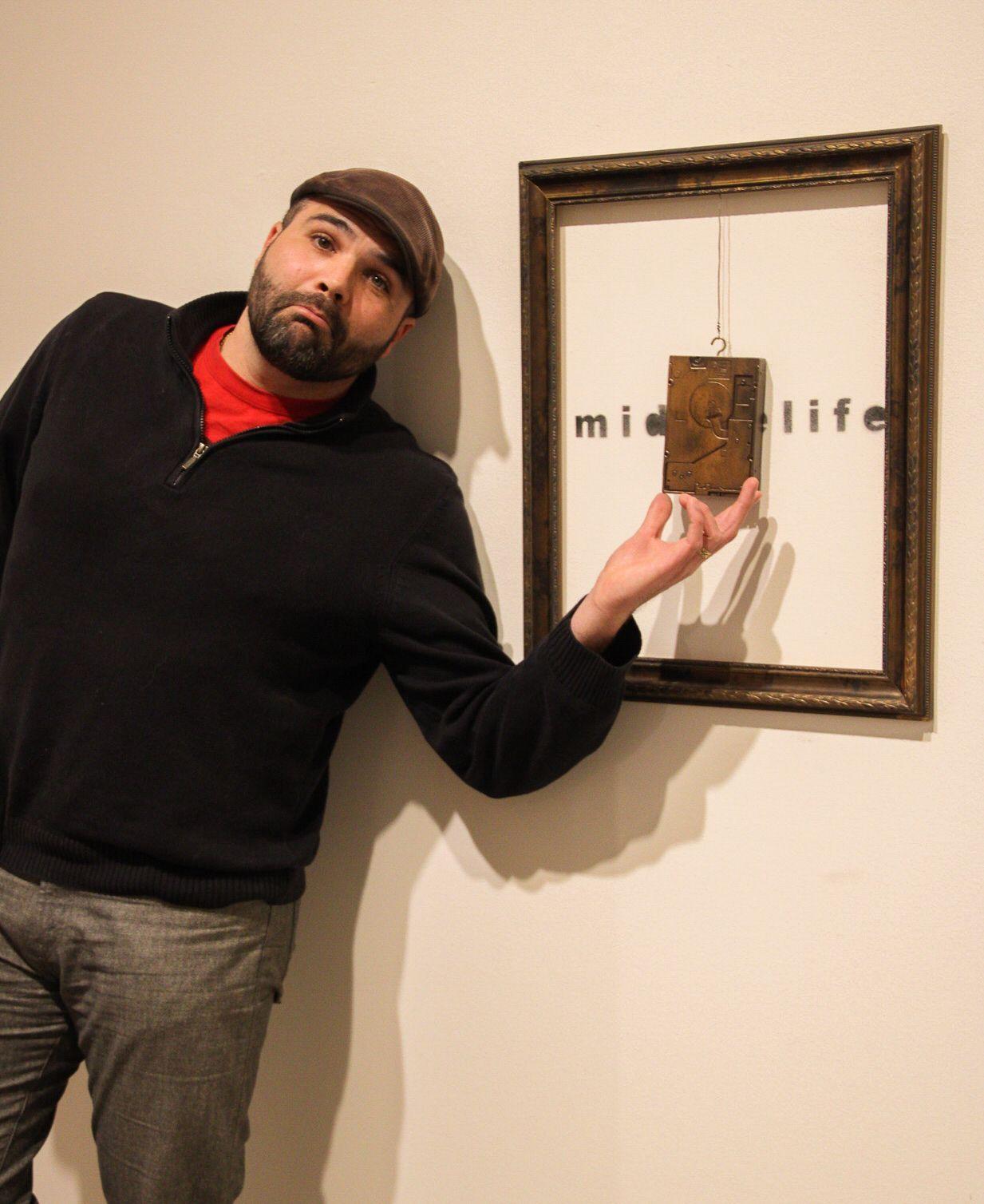
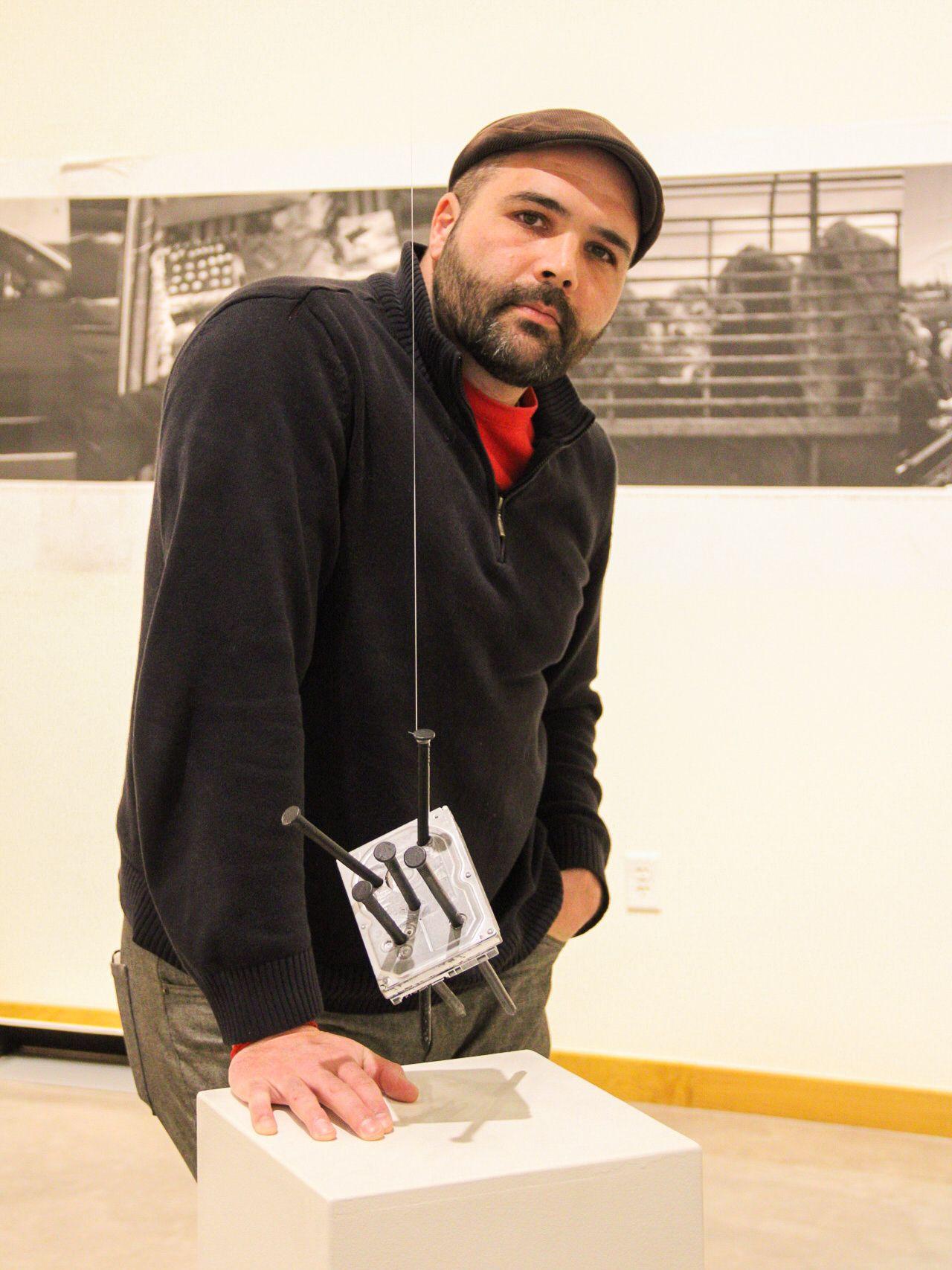
Memories are often captured on camera and immortalized in photos, only to be posted on social media or stored away on a hard drive.
Artist and commercial photographer Rajah Bose explored memory preservation through photography within his exhibit “Middlelife,” found in the Bryan Oliver Gallery. From Feb. 8, 2022 until March 25, 2022, students can ponder Bose’s retrospective collection of his past 20 years’ worth of work.
As a photojournalist, Bose is used to his pictures being admired at a quick glance, but this exhibition calls for a longer-lasting conversation. Bose explained that the gallery serves as commentary on people’s tendency to take thousands of pictures and rely on digital devices to recall memories for them.
Bose wants viewers of his gallery to ask themselves, “What are these pictures being used for?” and “Are we sure this is the way we want to be running our lives and handing these memories over to machines?”
Bose hopes to engage his audience in deep reflection, saying, “It doesn’t matter if people understand it the way I want them to. If they understand it in any way, that is the goal of art. That is the goal of this piece.”
While looking through thousands of pictures to find the ones he “resonates emotionally with,” he remembered the roots of his documentarian drive–his mother, who fostered his love for photography. In this exhibit, rather than curating photos solely for his family, Bose documented moments for a larger audience.
Bose calls the present time in his life his “midlife moment,” wherein he could pause and remember why he started photography. He said he feels that he’s in a transition phase, which has him “really excited about what else can be done outside the realm of the journalistic box.”
Among such unconventional projects is his short film, which will be released at the end of the week. Bose offers his film as the exhibition’s sequel in order to ease confusion and “solidify some of the ideas even more,” while also sparking more conversation.
Having left the doors open for the voices of the public, Bose expresses a desire to to connect with his audience through a raw, vulnerable portrayal of the human experience.
“Being able to tell your own story and knowing what you want to say, then having the craft and skills to write or make images is likely the most important skill, in my opinion, that a person can have,” Bose said.
He explained how the world is undergoing a shift from being less connected to totally digitalized. With this concept in mind, his exhibit served as a response to both the benefits and detriments of this transition.
“What we can do with art in this age is incredible,” he said. “We just have to watch out [and ensure] that the individual, the creators of these ideas or the observers of these ideas are able to speak to them and not have them controlled by these platforms.”

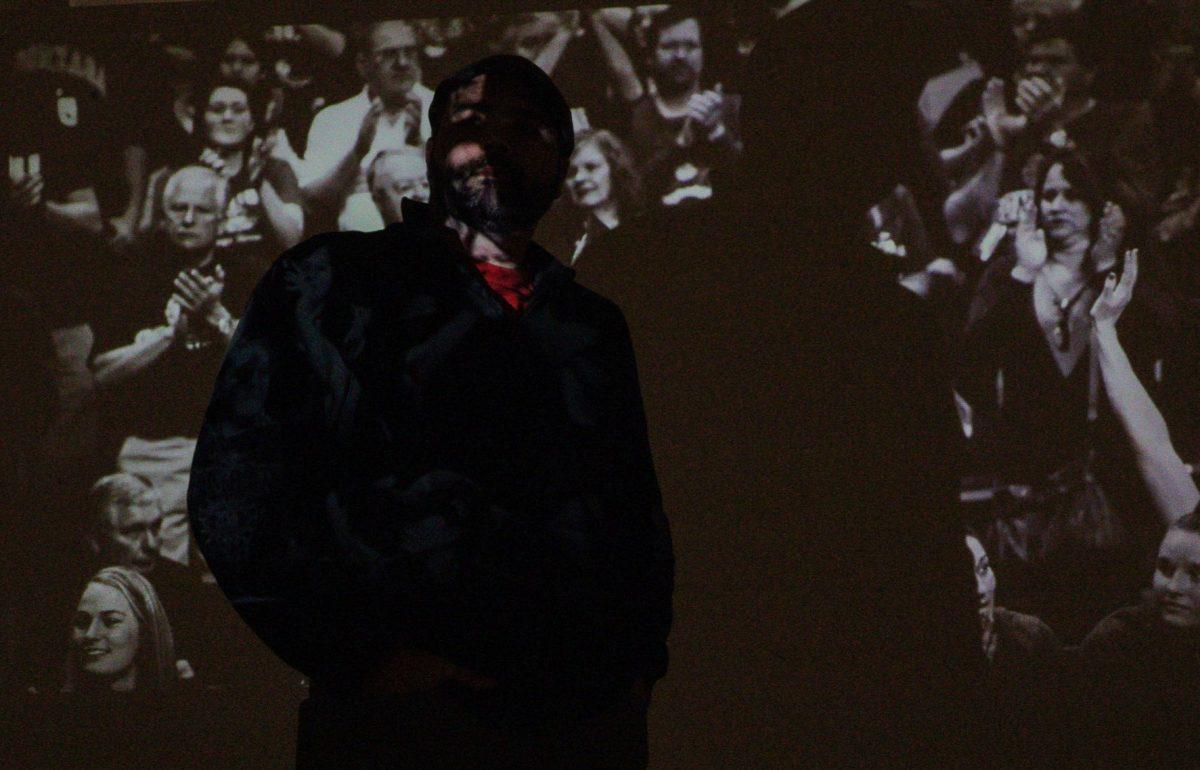


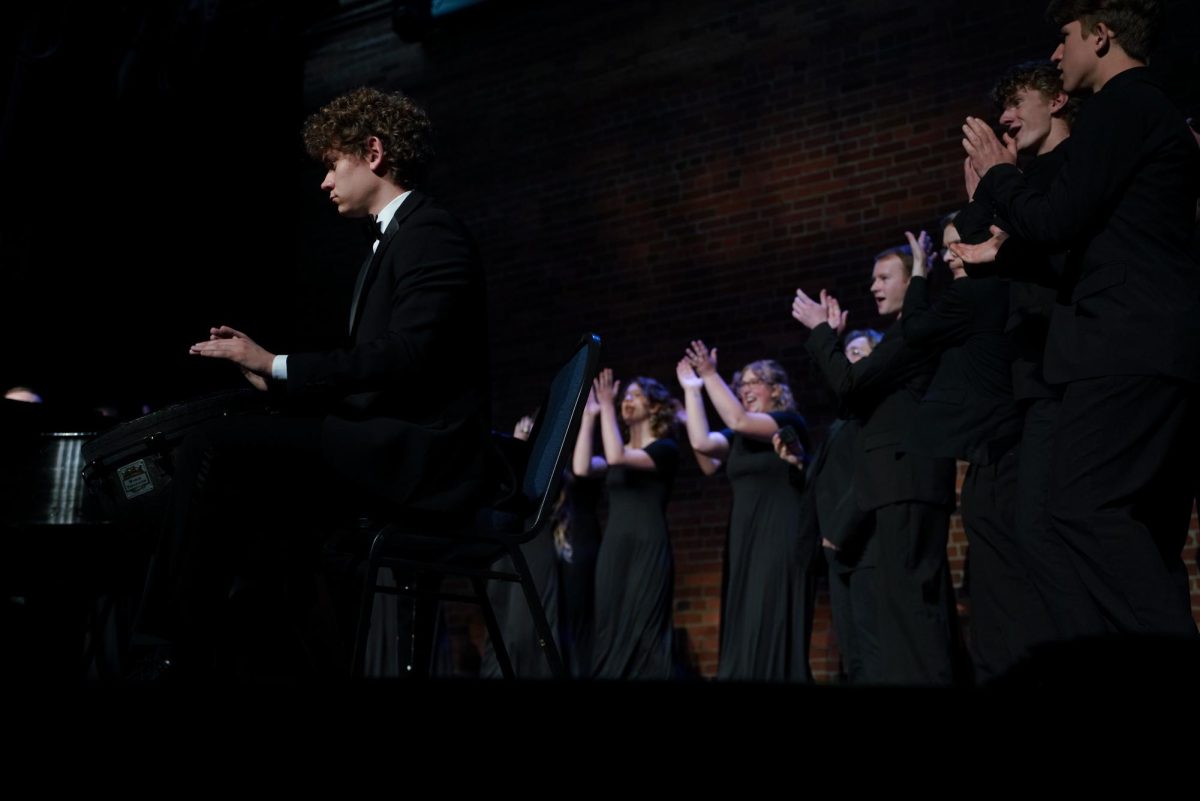
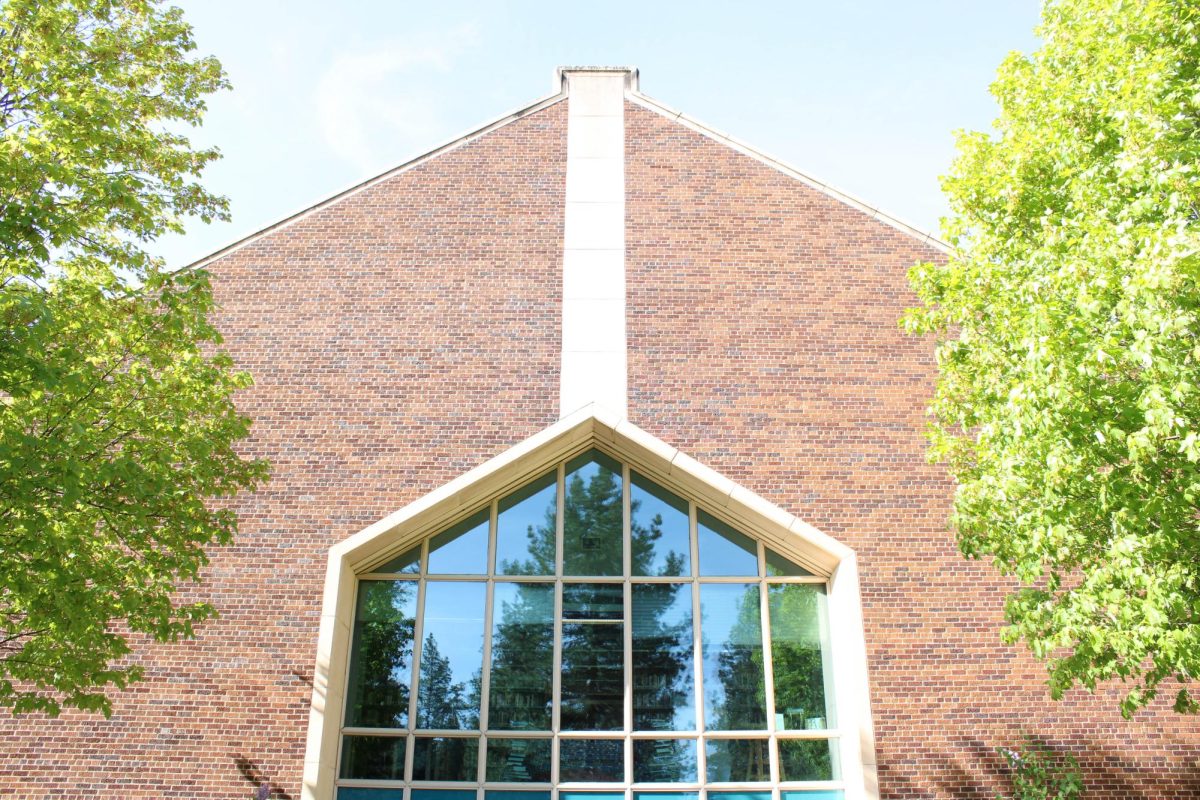
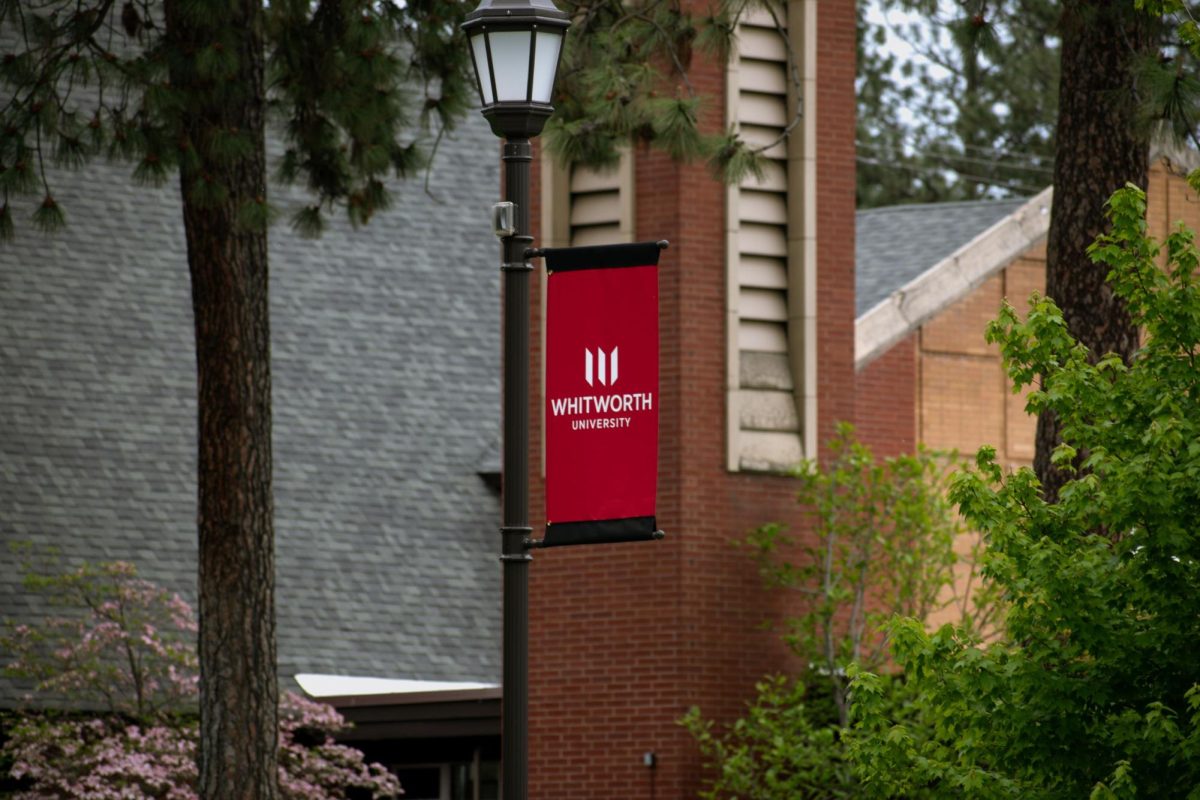
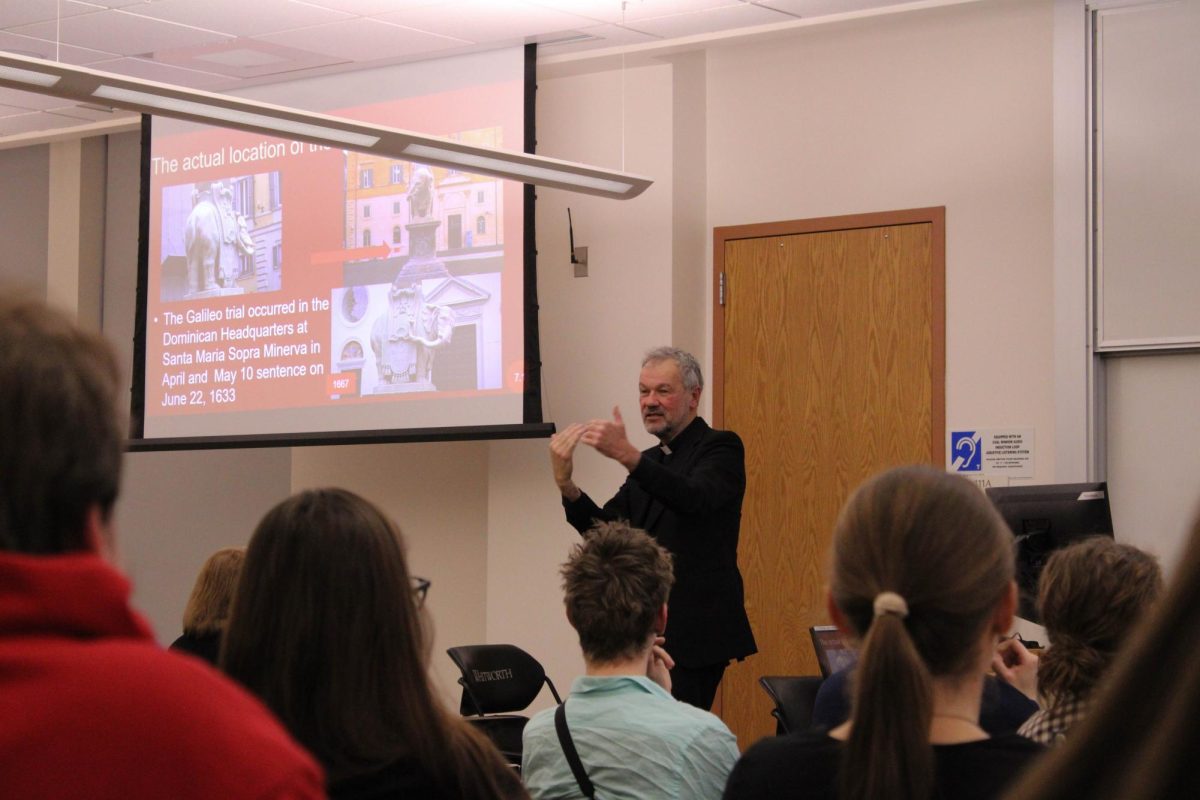
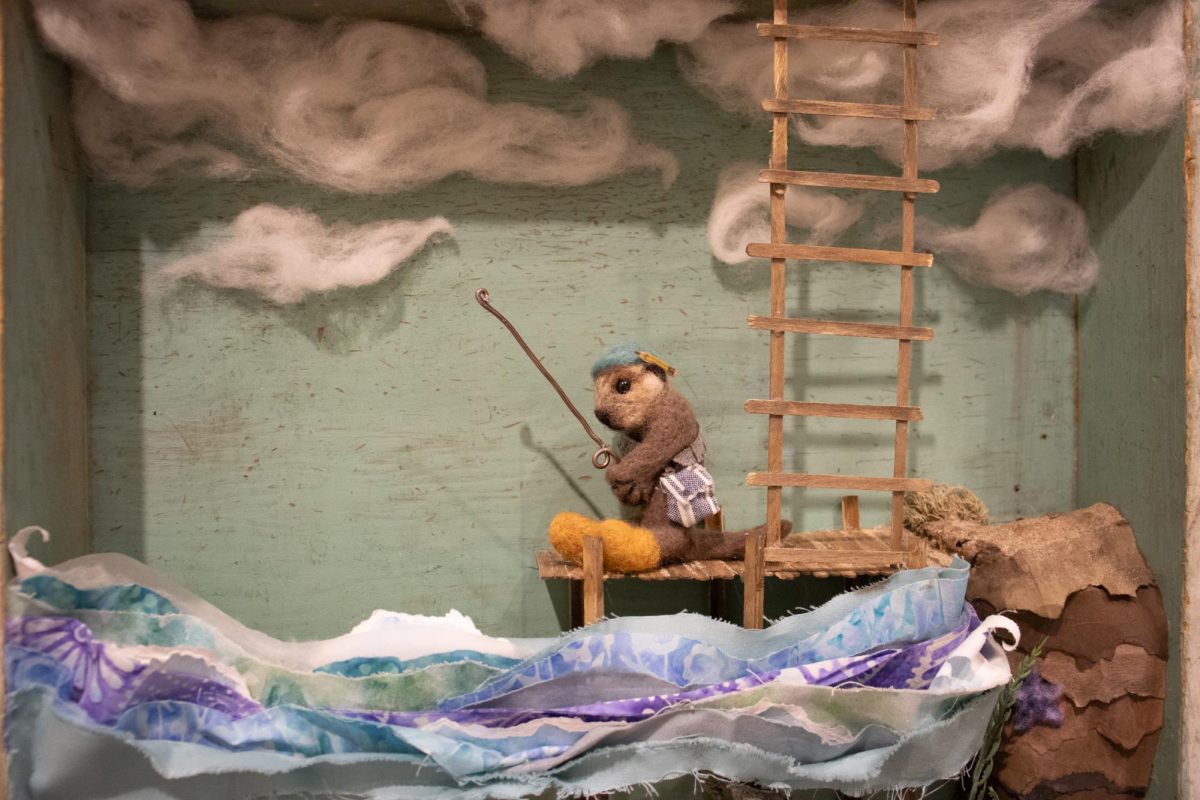
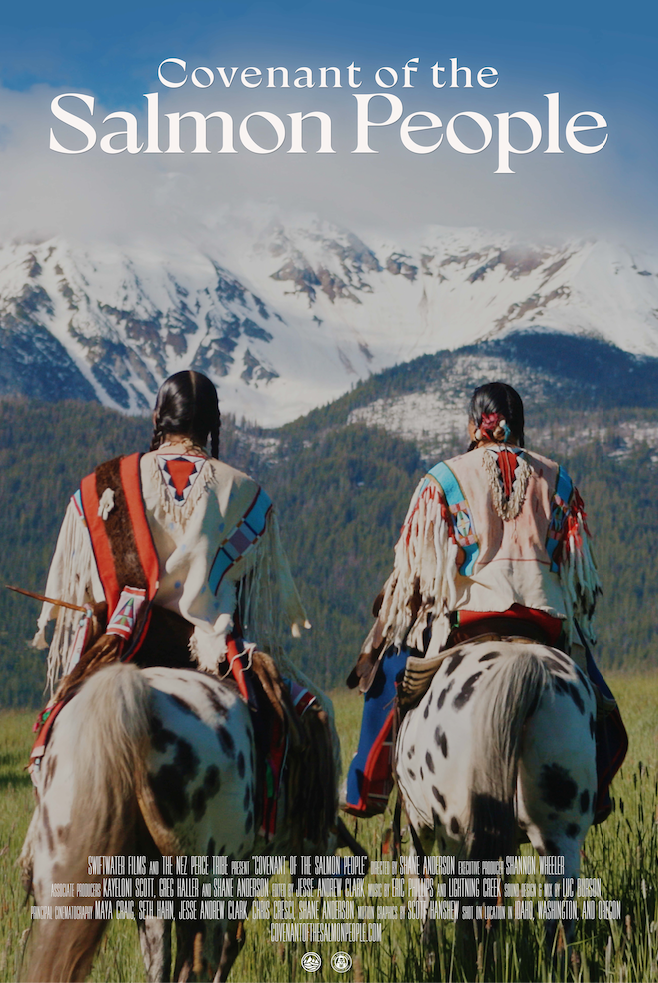

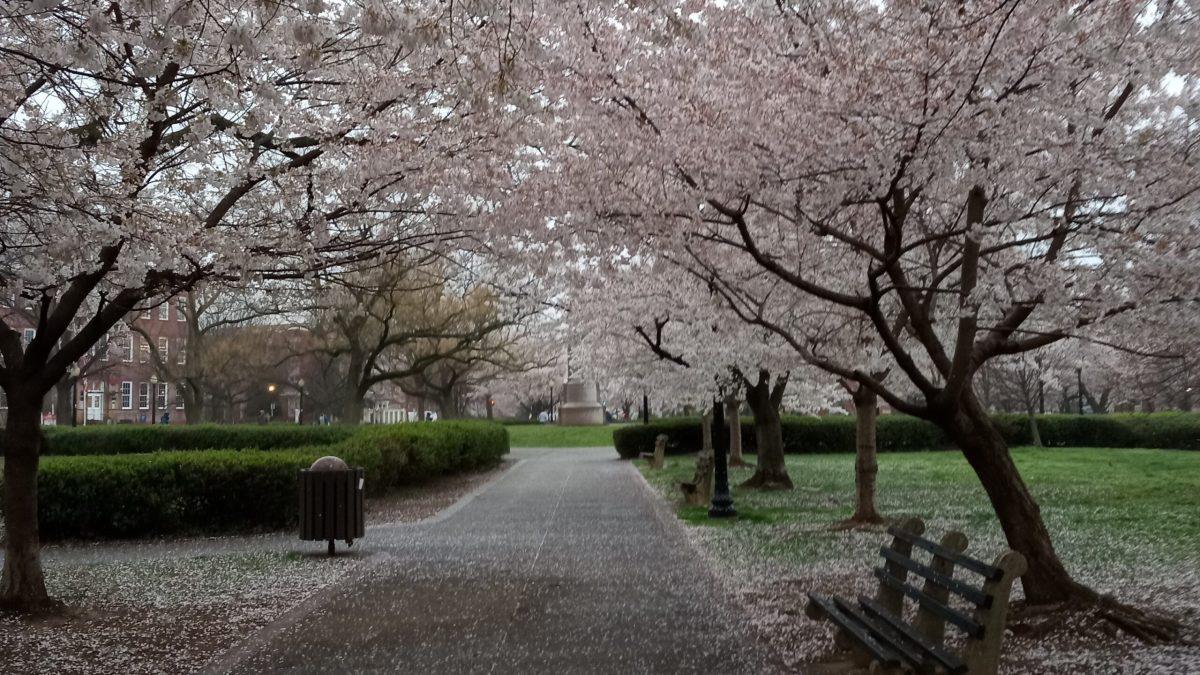
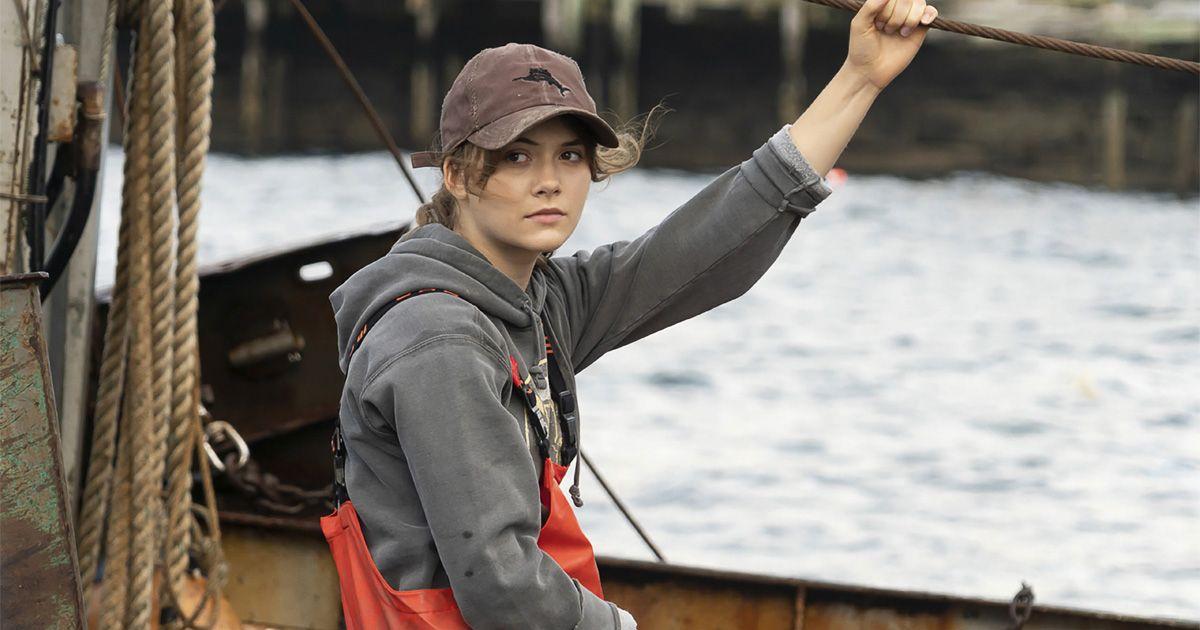

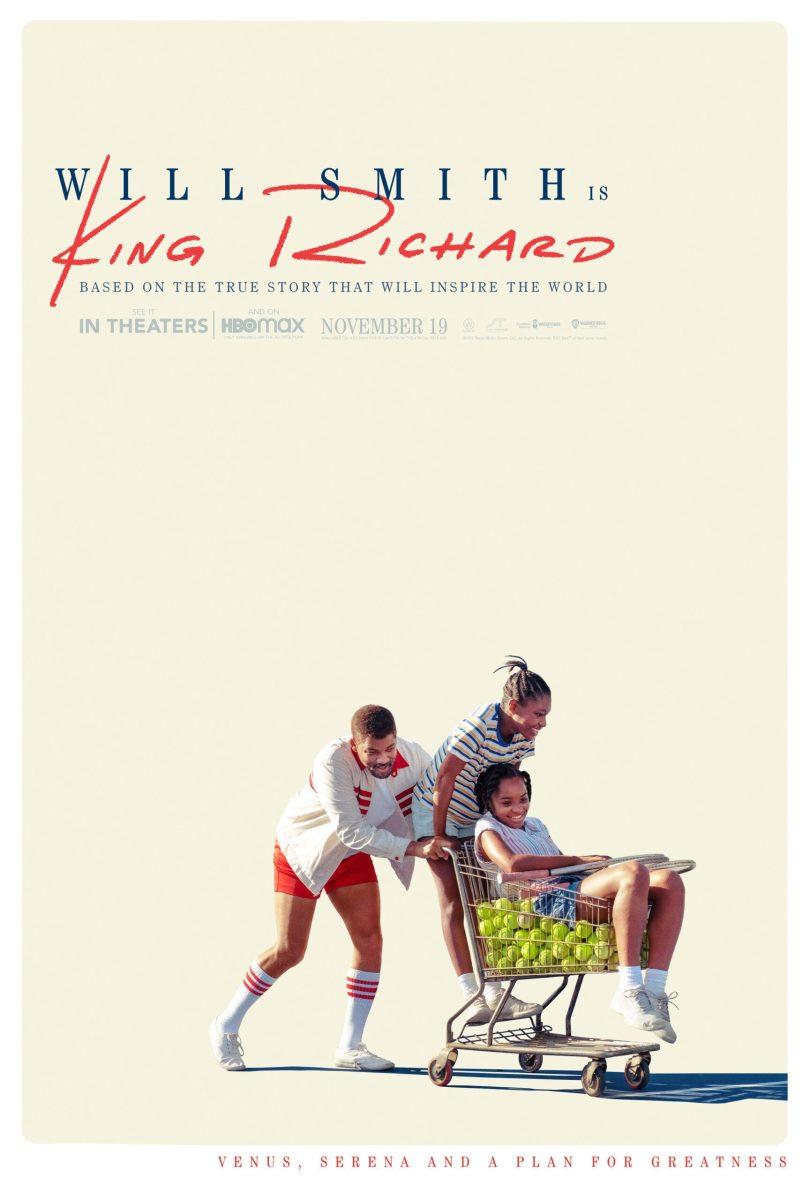

 Spokane?
Spokane?